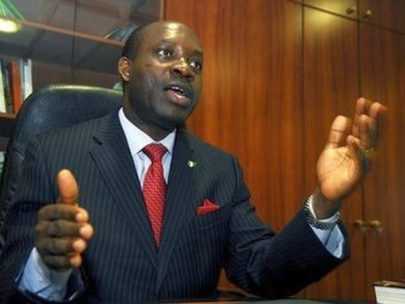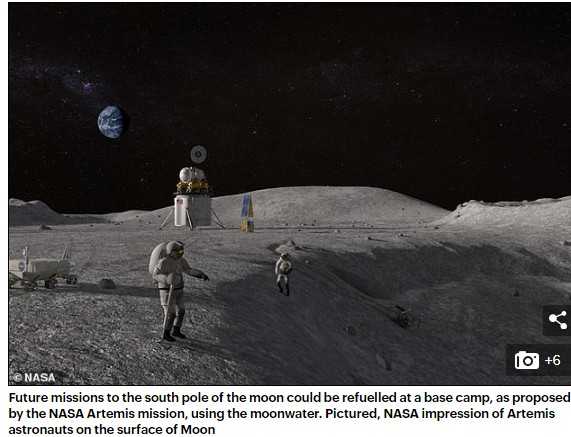Zlatan Ibrahimovic scored twice but was unable to prevent Milan dropping points for the first time this season as they drew 3-3 with Roma. AC Milan 3:3 Roma
Ibrahimovic, 39, fired Milan ahead before Edin Dzeko headed in an equaliser soon after.
Alexis Saelemaekers restored Milan's lead but Roma equalised again through a Jordan Veretout penalty.
Ibrahimovic made it 3-2 as he converted from the spot but Marash Kumbulla equalised late on.
The point extends Milan's lead over Napoli at the top of Serie A to two points.
Swedish striker Ibrahimovic, who recovered from coronavirus earlier this month, has scored six goals in five games so far this season.
Earlier on Monday, Milan announced that goalkeeper Gianluigi Donnarumma had tested positive for coronavirus and he was replaced in the side by veteran Ciprian Tatarusanu, who was at fault for the first Roma goal.
Match Stats
Home Team: AC Milan Away Team:Roma
Possession
Home:54% Away:46%
Shots
Home:13 Away:12
Shots on Target
Home:8 Away:7
Corners
Home:7 Away:7
Fouls
Home:14 Away:15
#bbcsports











